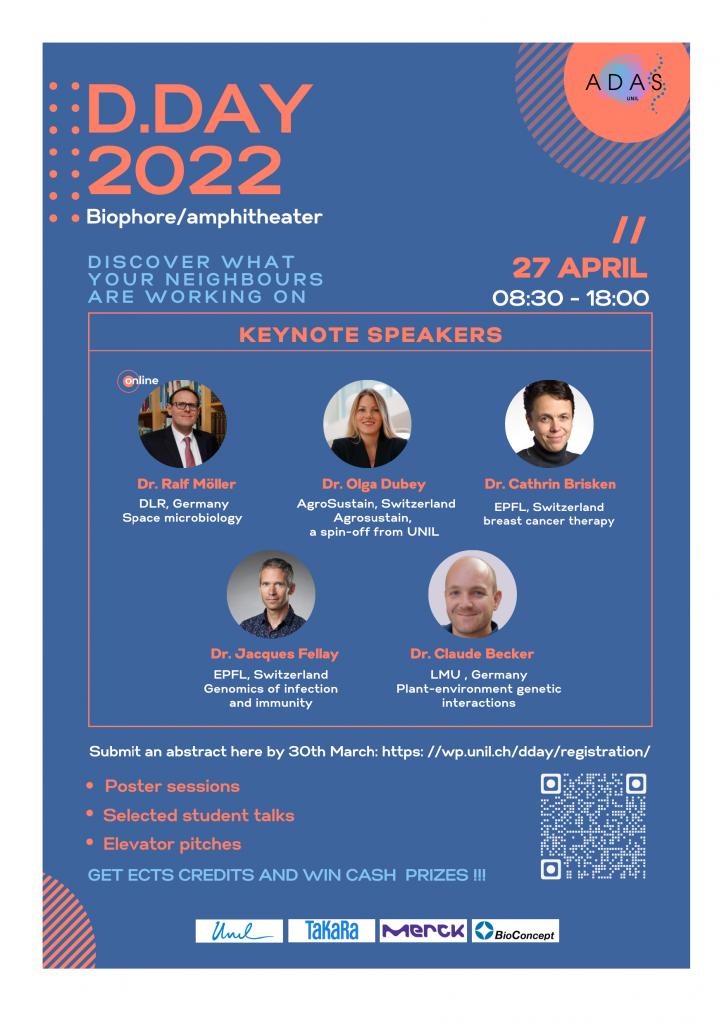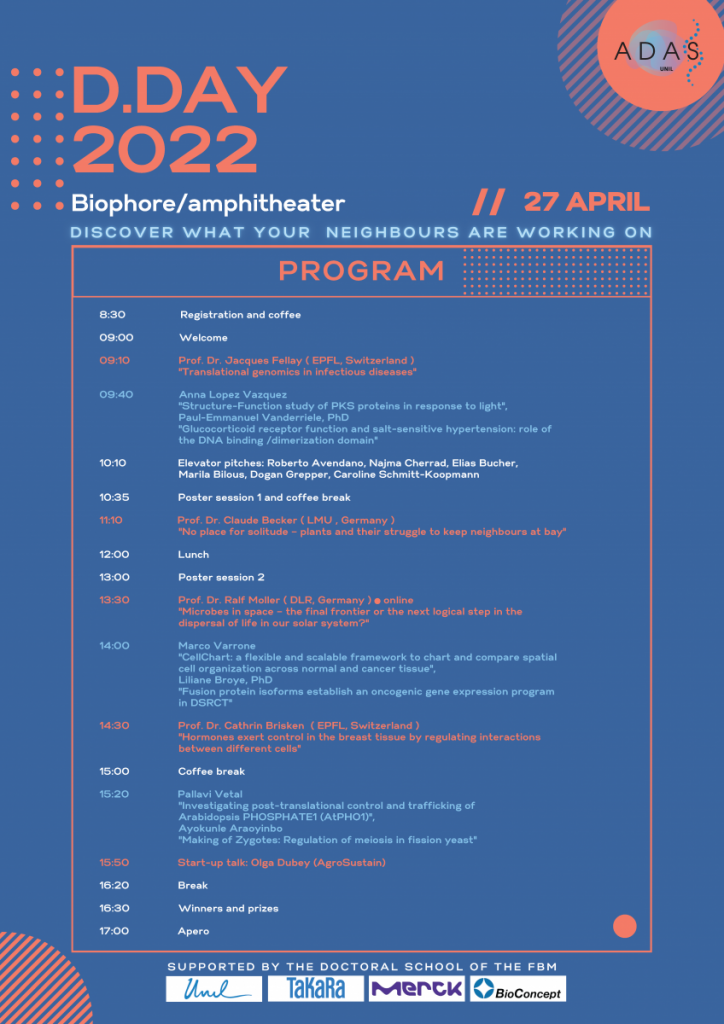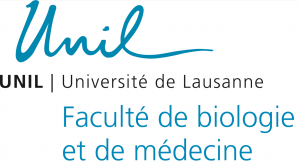Key Note Speakers
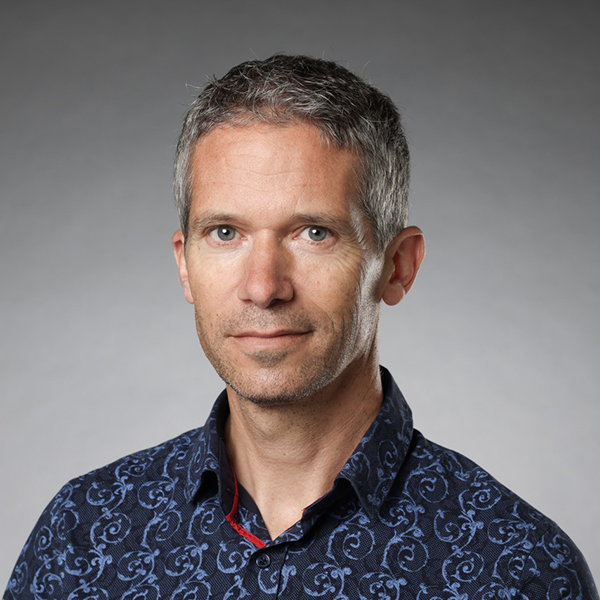
Jacques Fellay, PI
EPFL, Switzerland
Translational genomics in infectious diseases
We are on the verge of a profound change in medicine, fueled by the synergies between genomics, data science and information technology. Information from the genome and other molecular layers will soon be part of everyone’s medical record, and this intimate knowledge will enable us to design healthcare strategies that are more tailored to individual needs. Illustrative examples come from our study of human genetic determinants of infectious diseases. DNA variants play a modulating role in the individual response to infections, as seen for example in the increased susceptibility to severe COVID-19 due to type I interferon deficiencies, or in the resistance against HIV infection conferred by a CCR5 deletion. The identification of genetic factors involved in infection and immunity is potentially useful on two fronts: it helps to unravel the molecular and cellular mechanisms of disease; it also opens up new avenues for targeted preventive and therapeutic interventions. targeted preventive and therapeutic interventions.
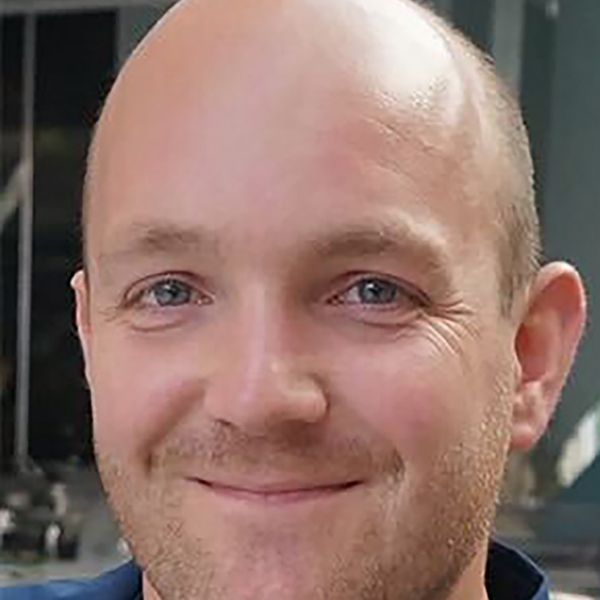
Claude Becker, PI
LMU, Germany
No place for solitude – plants and their struggle to keep neighbours at bay
Plants usually grow in dense communities, together with plants from the same or a different species. Because resources are scarce, they must compete with their neighbours for resources and space. In a strategy called allelopathy, plants produce and release chemical compounds that inhibit biochemical processes and ultimately growth in neighbouring plants. This type of biochemical interference occurs in both natural and agricultural settings and is a key determinant in ecosystem dynamics and crop-weed interactions. Our lab aims to understand the molecular mechanisms and the genetic and organismic dependencies that play a role in allelopathic processes. In my talk, I will emphasize two allelopathic systems that comprise very different chemical arsenals. In the first one, many grasses, including major crops such as maize and wheat produce and release benzoxazinoids, multi-purpose specialized metabolites that not only play a role in plant defence and iron homeostasis but also influence the root microbiota and the growth of neighbours. In the second system that we will talk about, rice is triggered by non-kin neighbours into producing momilactones, specialized metabolites with a currently unknown mode of action and a distinct evolutionary history. I will show how we use a mix of genomic, genetic, and biochemical approaches in plants and plant-associated microorganisms to understand the function and the genetic basis of allelopathic interactions.
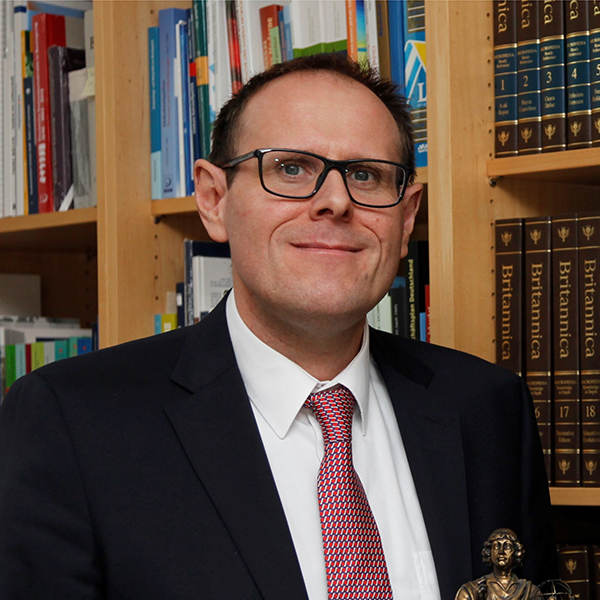
Ralf Möller, PI
DLR, Germany
Microbes in space – the final frontier or the next logical step in the dispersal of life in our solar system?
One of the new challenges facing humanity is to reach increasingly further distant space targets. It is therefore of upmost importance to understand the behavior of microorganisms that will unavoidably reach the space environment together with the human body and equipment. Within the last 60+ years, space technology has provided tools for transporting different types of (terrestrial) life beyond this protective shield in order to study in situ responses to selected conditions of space. From a biological perspective, physical modifications experienced onboard an orbiting spacecraft are the state of near weightlessness (microgravity) and the increased radiation exposure incurred as a consequence of being outside Earth’s protective atmosphere. With international plans being formulated for solar system exploration, either using robotic probes or with human crews, microbiologists are confronted with exciting new opportunities and challenging demands. The presence of humans on the surface of the Moon or Mars will substantially increase the capabilities of space research and exploration; however, prior to any human exploratory mission, the critical microbial issues concerning human health and wellbeing need to be addressed. Maintaining crew health and safety are essential goals for long-term human missions to space. Attaining these goals requires the development of methods and materials for sustaining the crew’s health and safety. Paramount is microbiological monitoring and contamination reduction. Microbial biofilms are of special concern, because they can cause damage to spaceflight equipment and are difficult to eliminate due to their increased resistance to antibiotics and disinfectants. The introduction of antimicrobial surfaces for medical, pharmaceutical and industrial purposes has shown a unique potential for reducing and preventing biofilm formation. Here in this talk, I will provide insights in two currently running interdisciplinary ISS spaceflight projects, i.e., BIOFILMS and Touching Surfaces, both dedicating to the testing and characterization of novel antimicrobial materials in space (and on Earth) to support upcoming human- and robotic-associated space exploration activities.
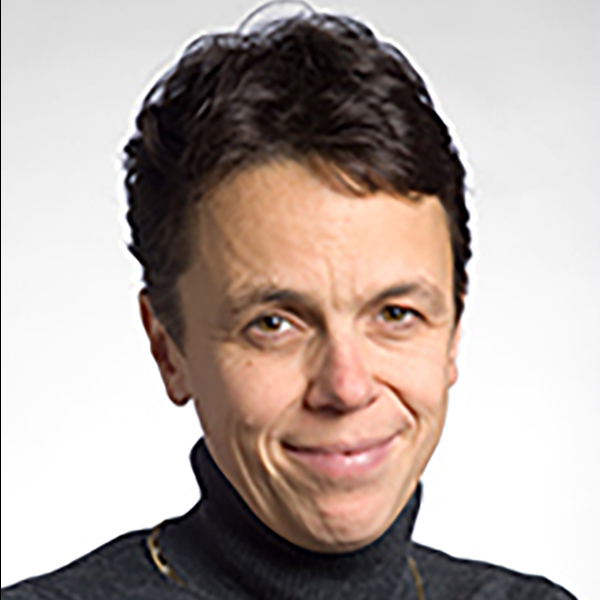
Cathrin Brisken, PI
EPFL, Switzerland
Hormones exert control in the breast tissue by regulating interactions between different cells
The effect of hormones is dependent on interactions between the different cell types that make up milk ducts and the surrounding stroma. Cells within milk ducts communicate with each other neighbours as well as with cells within the connective tissue. The highly complex interplay between hormones and the many different cell types of the breast cannot be mimicked by growing cells in plastic culture dishes but requires experiments within a living organism. The mouse is an excellent model because powerful techniques for genetic manipulation of the organism and of distinct tissues are available, and the mammary glands are readily accessible for experimentation.
The mouse mammary gland provides a unique experimental system to study in vivo how systemic hormones impinge on molecular determinants of development in the breast and how deregulation of these pathways leads to tumorigenesis. The mammary gland being the only organ to undergo most of its development after birth allows for extensive experimental manipulation. In young female mice, the part of the inguinal mammary glands that contains the epithelial tree can be surgically removed creating a “cleared fat pad”. When epithelial tissue or primary cells are engrafted into a cleared fat pad, they will repopulate it and form a well-organized mammary gland, which responds to all hormonal stimuli.
A rapidly increasing number of mice that lack specific genes are available and the role of these genes in breast development and carcinogenesis can be evaluated. Since the mammary gland is a paired organ, it is possible to compare genetically different cells engrafted within the same host, ensuring that both grafts are exposed to the same hormonal milieu.
We have made extensive use of this model to define the influence of progesterone and prolactin signaling on the branching of the milk duct system and the formation of the secretory pouches and to study how these hormones control developmental signaling pathways in the breast. In particular, we have provided the first demonstration that, progesterone does not act directly on its target cells but affects intercellular communication to induce morphogenesis/proliferation. We identified wnt-4 as one of the molecules the cells use to talk to each other when they get organized to form new branches. Interestingly, wnt-4 is part of a signaling pathway that is frequently deregulated in various types of cancers.
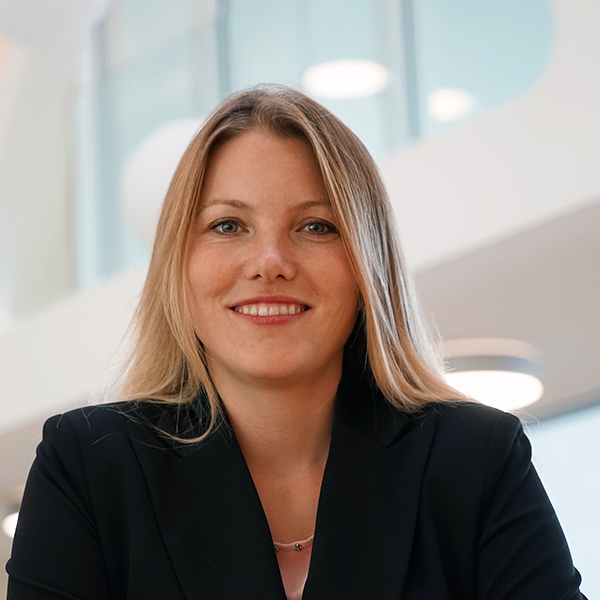
Olga Dubey, CEO
AgroSustain, Switzerland
AgroSustain, a spin-off from the University of Lausanne
AgroSustain, a spin-off from the University of Lausanne, was founded in May 2018. The company develops highly effective, biological, and natural fungicides and coatings to protect fruits, vegetables, and cut flowers in the supply chain. AgroSustain’s solution will reduce water loss and environmental impact of food waste, extend crop-shelf life up to one month, and replace plastic packaging, thereby effectively minimizing greenhouse gas emissions.
Organizing Committee 2022
- Hammam Antar
- Ophélie Gosselin
- Bevika Sewgoolam
- Nasim Farahani Zayas
- Afonso Bravo
- Irina Terekhova
- Liliane Broye
- Maya Houmel
- Ludivine Brandt
- Natalia Gonzalez Gaarslev
